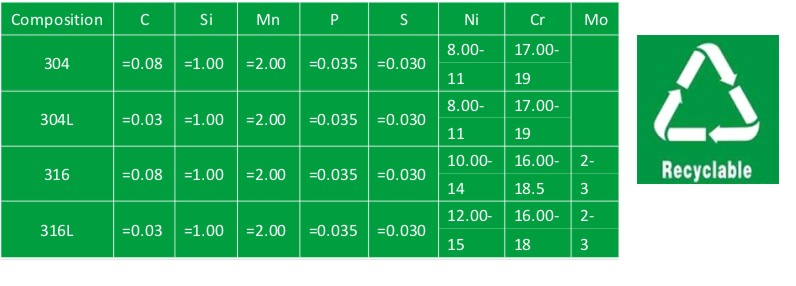Painting operations involve a variety of hazards. Most of the raw and auxiliary materials used in the coating have physical and chemical properties such as combustion, explosion and toxicity. Some materials also have dust hazard during the operation. Therefore, the coating work of anticorrosive paints such as fluorocarbon paints Pay attention to safe construction.
Work at a height: a work performed by a person at a high position where the position is a reference. When working in a building, if it is operated on a shelf of 2 m or more, it is a high-altitude operation. In the paint operation, the proportion of falling and object hitting accidents occurring in high-altitude operations is the largest. Properly attaching a helmet, a seat belt or setting up a safety net as required can effectively avoid casualties.
Electrical hazards: Electrical hazards to painting operations not only cause fires and explosions, but also other safety issues. Electrical hazards include static electricity, lightning, and electric shock. Static electricity can cause electric shock to the human body, causing damage such as burning and explosion. Lightning is mainly caused by lightning strikes, damage to electrical equipment and control systems, and personal injury. Electric shock accidents often occur suddenly, causing serious consequences in a very short time, endangering people's lives.
Chemical pollution and toxic damage: solvent-based coating products have certain chemical hazards. In the work of Xu installation, it should be noted that the solvent and thinner in the paint cause air pollution to the human body.
Fire, explosion hazard: Solvent-based paints, as well as thinners used in painting operations, are mostly flammable and explosive materials, which poses a fire and explosion hazard. The possible causes of fire and explosion are that the electrostatic discharge does not follow the operating procedures, and it is easy to generate discharge sparks; waste rags, paint mist, paint materials and solvent waste rags are not properly stored, and they are easy to produce spontaneous combustion and ignition; Inappropriate selection or use, or timely repair after damage, insufficient explosion-proof level; lightning strikes during thunderstorms.
Noise hazard: A sound that exceeds 100 dB is a strong noise. People who work under this noise will temporarily reduce their hearing but recover. However, hearing loss caused by noise above 150dB, even deafness, cannot be recovered. Therefore, more than 85dB must be protected. The noise level varies depending on the device type, location, and location. Excessive noise requires protection of the worker's hearing.
Stainless Steel Thin Wall Welded Pipes
1. Grade: 304, 304L,316, 316L etc.
2. OD Size:15-108MM.
3. Standards: ASTM, JIS, DIN, EN, ISO, GB, etc.
4. Finish: BA/AP/Polished/MF
5. Application: Drinking supply, cold and hot water supply, heating supply, fire protection, gas,
industrial petroleum pipeline system,etc.
6. Package: Plywood case or Bundles, or as per the requirement of the customer.
Or with plastic cap to protect both ends.
7. Max work pressure:PN16

Stainless Steel Thin Wall Welded Pipes(DVGW)
Stainless Steel Thin Wall Welded Pipes,Stainless Steel Thin Wall Tubes,Stainless Steel Welded Tubes,Stainless Steel Thin Wall Pipes
WENZHOU KASIN VALVE PIPE FITTING CO., LTD. , http://www.kasinpressfitting.com
